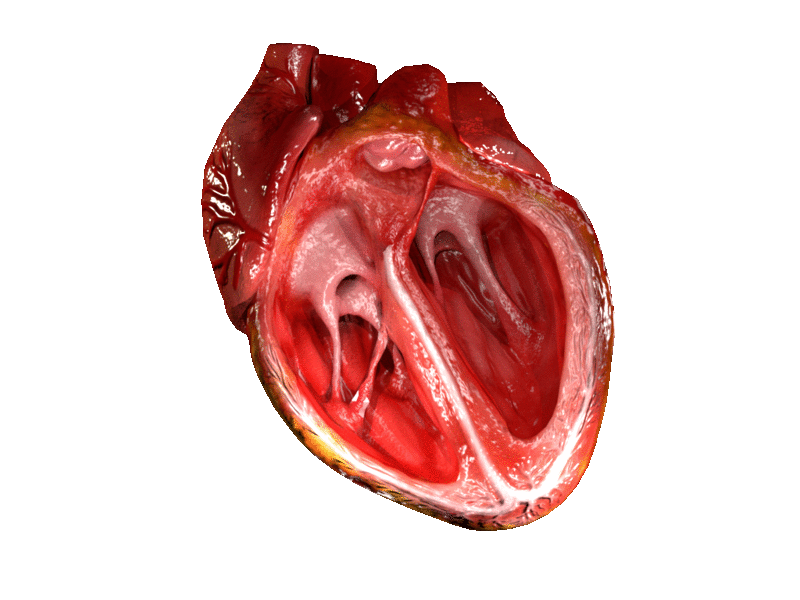Note that your final mark will not be saved in the system.
1.2.1–1.2.5 The cardiovascular system Typeit
Type the correct answers into the spaces. Fill all the spaces before clicking ‘Check Answers!’

The cardiovascular system has several distinct but interconnected functions that enable it to meet the demands of sport and physical activity. Deoxygenated blood returns to the right atrium via the cava, it is passed to the right , through the tricuspid valve, which then closes due to the increasing pressure in the ventricle. The blood is then ejected through the pulmonary artery to the lungs for gaseous exchange, and the semilunar valves close immediately to prevent backflow.
In the lungs, oxygen diffuses down a concentration gradient from a high concentration in the alveoli to a lower concentration in the blood cells inside the capillaries, causing the blood to become oxygenated. The oxygenated blood then travels back to the left via the pulmonary vein. From there, it is pumped to the left ventricle through the valve, which closes as pressure builds up. The then carries oxygen-rich blood out of the heart to supply the working skeletal muscles, where it is used in respiration.
The cardiovascular system operates as a double circulatory system, meaning blood flows between the heart and lungs (pulmonary circulation) and the heart and the rest of the body (systemic circulation).
blood cells transport oxygen and assist in the removal of , which is carried back to the heart and lungs to be expelled. Other components of blood include:
- blood cells, which are important in the body's immune response, helping to protect against disease and infection
- tiny blood cells, responsible for clotting wounds and preventing excessive bleeding
- , a liquid that makes up approximately 55% of blood, and supports the transportation of blood cells and nutrients